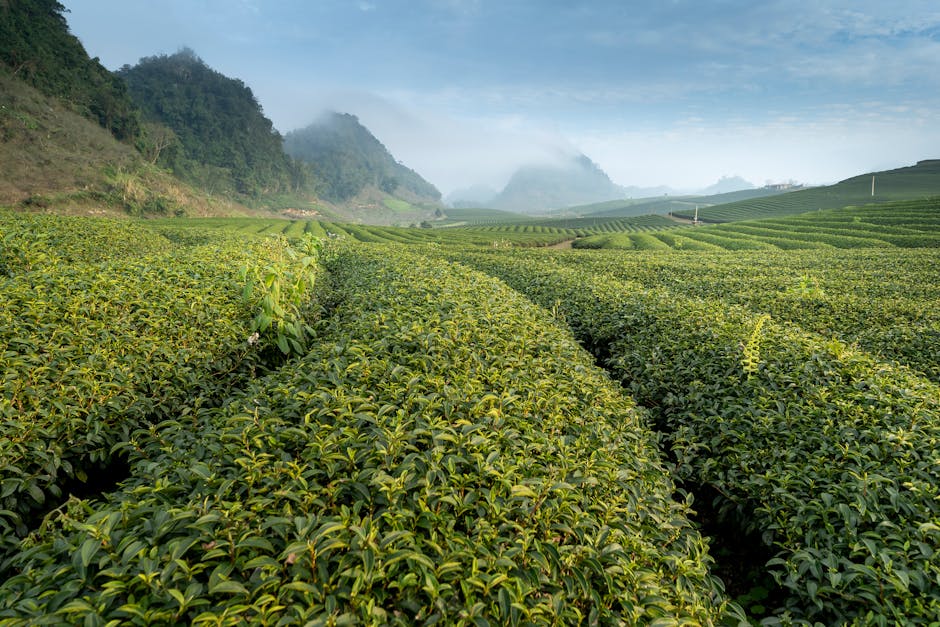Humanity’s dependence on agriculture for sustenance is undeniable. However, the methods employed to produce food, fiber, and biofuel exert significant pressure on the environment, impacting ecosystems globally. Understanding these impacts is crucial for developing sustainable agricultural practices that ensure food security without compromising planetary health. This examination delves into the key environmental consequences of modern agriculture.
Greenhouse Gas Emissions: A Primary Concern
A substantial contribution to climate change stems from agricultural activities. Cultivation of rice paddies, for example, releases methane (CH4), a potent greenhouse gas with a global warming potential far exceeding that of carbon dioxide (CO2). Livestock farming, particularly ruminants like cattle and sheep, are significant methane emitters due to enteric fermentation the digestive process that produces methane in their rumens. Furthermore, the decomposition of manure in fields also releases methane and nitrous oxide (N2O), another powerful greenhouse gas. Agricultural soils, especially those under intensive tillage, release CO2 due to the oxidation of organic matter. The use of nitrogen-based fertilizers contributes significantly to N2O emissions. These combined emissions represent a considerable fraction of global anthropogenic greenhouse gas emissions, highlighting the urgency for mitigation strategies.
Deforestation and Habitat Loss: A Direct Threat to Biodiversity
Clearing forests for agricultural land expansion remains a major driver of deforestation globally. This loss of habitat leads to biodiversity reduction, directly threatening countless plant and animal species. The conversion of diverse ecosystems into monocultures large-scale cultivation of a single crop drastically reduces habitat complexity, making them less resilient to environmental changes and supporting fewer species. Beyond the immediate loss of forests, agricultural practices often lead to habitat fragmentation, isolating populations and increasing their vulnerability to extinction. Furthermore, the use of pesticides and herbicides can directly harm wildlife populations, impacting both terrestrial and aquatic ecosystems.
Water Resource Depletion and Pollution: Impacts on Water Quality and Availability
Agriculture is a significant consumer of freshwater resources. Irrigation, a crucial aspect of modern agriculture, accounts for a large proportion of global freshwater withdrawals. Unsustainable irrigation practices can lead to groundwater depletion, affecting water availability for other uses and causing land subsidence. Agricultural runoff, containing fertilizers, pesticides, and animal waste, pollutes surface and groundwater. Nutrient pollution, specifically from excessive nitrogen and phosphorus, causes eutrophication in water bodies, leading to algal blooms that deplete oxygen and kill aquatic life. Pesticide contamination poses significant risks to human and ecosystem health, impacting aquatic organisms directly and accumulating in the food chain. The management of water resources in agriculture is thus crucial to ensure both food production and environmental sustainability.
Soil Degradation: Erosion, Nutrient Depletion, and Loss of Fertility
Intensive agricultural practices often lead to soil degradation, a process that reduces the soil’s capacity to support plant growth. Tillage, the process of plowing and cultivating land, increases soil erosion by wind and water, leading to the loss of topsoil, which is rich in organic matter and nutrients. Monoculture farming depletes soil nutrients over time, requiring increasing amounts of fertilizers to maintain yields. The overuse of fertilizers can lead to soil acidification and salinization, further compromising soil health and fertility. In addition, the compaction of soils through heavy machinery reduces water infiltration and aeration, hindering root growth and reducing crop yields. Sustainable soil management practices are vital for maintaining soil health and long-term agricultural productivity.
Biodiversity Loss: Beyond Habitat Destruction
Beyond the direct loss of habitat, agricultural practices negatively impact biodiversity in several ways. The widespread use of pesticides kills non-target species, including beneficial insects like pollinators and natural enemies of pests. The genetic uniformity of monocultures makes crops more susceptible to diseases and pests, leading to increased reliance on pesticides and further biodiversity loss. The introduction of invasive species through agricultural activities can disrupt native ecosystems and outcompete indigenous flora and fauna. Furthermore, the alteration of hydrological regimes through irrigation and drainage can modify habitats and affect biodiversity. Promoting agricultural biodiversity, both within and around farms, is crucial for ecosystem resilience and long-term agricultural stability.
The Path Towards Sustainable Agriculture
Addressing the environmental impacts of agriculture necessitates a multi-faceted approach. This includes adopting sustainable agricultural practices such as agroforestry (integrating trees into farming systems), conservation tillage (reducing soil disturbance), crop rotation (improving soil health and nutrient cycling), integrated pest management (reducing reliance on synthetic pesticides), and precision agriculture (optimizing resource use). Furthermore, promoting diversified farming systems, reducing food waste, and shifting towards more plant-based diets can significantly reduce agriculture’s environmental footprint. Policy interventions, including subsidies for sustainable practices, carbon pricing mechanisms, and regulations on pesticide use, play a crucial role in driving the transition towards a more environmentally friendly agricultural sector. Ultimately, achieving global food security while minimizing the environmental impacts of agriculture requires a concerted effort from farmers, policymakers, scientists, and consumers alike. The future of agriculture depends on our ability to adopt innovative and sustainable practices that ensure both food security and environmental stewardship.
